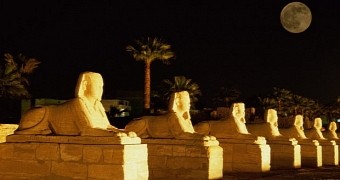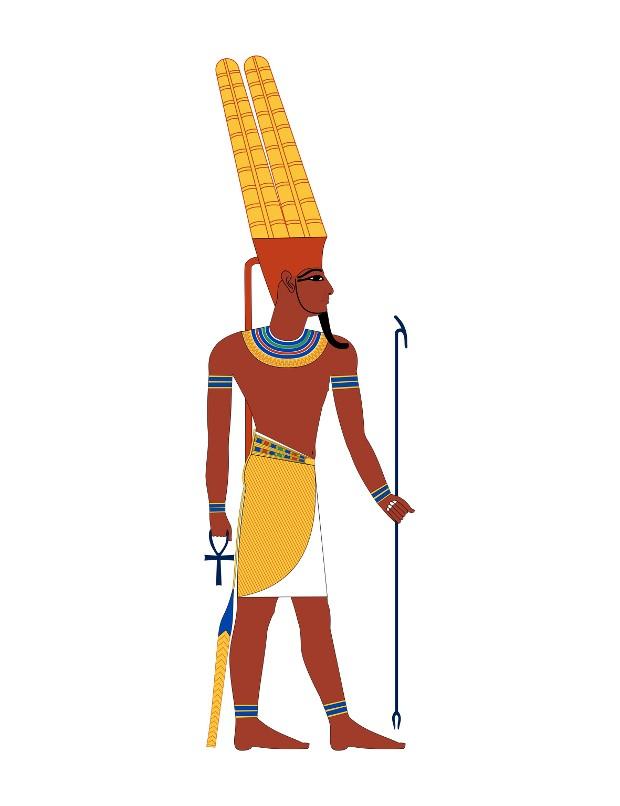This past Tuesday, authorities in Egypt announced the discovery of an ancient tomb that archaeologists say was built in honor of a nobleman named Amenhotep, guardian of the temple of the god Amun, and his wife.
The tomb is located in the city of Luxor. It was discovered quite by chance by researchers working on restoring another burial site in the area. It is said that the tomb dates back to the days of old Egypt's 18th dynasty, i.e. 1580 BC to 1292 BC.
Architecturally-wise, the tomb is quite impressive
It is understood that this recently discovered tomb is shaped like a T. It measures 5 meters (16.5 feet) in length from one end to the other and about 1.5 meters (nearly 5 feet) across at its widest point.
As is the case with most ancient monuments, the tomb's walls are beautifully decorated with paintings and inscriptions. In fact, it was based on these inscriptions that archaeologists identified it as belonging to temple guardian Amenhotep and his wife.
Apart from the fact that his status as the gatekeeper of the almighty god Amun was carved on the door leading inside his tomb, Amenhotep name's itself translates as “Amun is pacified.” Otherwise put, this guy took his job as temple guardian very seriously.
Of the scenes depicted on the walls of the tomb, the majority show nobleman Amenhotep and his wife practicing religious rites or going about their daily business, The Cairo Post explains,
Thus, a scene shows the couple honoring ancient Egyptian gods by bringing them offerings. The more mundane depictions show Amenhotep hunting or farming. Apparently, the nobleman's life was not only about guarding Amun's temple.
Ages ago, the tomb's walls were purposely damaged
Archaeologists who have had the chance to have a close look at the tomb say that, ages ago, many of the paintings and inscriptions on its walls were purposely damaged, most likely by followers of the Pharaoh Akhenaten (1353 BC to 1336 BC), who was not a big fan of the god Amun.
According to historical records, Pharaoh Akhenaten and his followers took care of destroying whatever monuments having anything to do with Amun they managed to find. Their goal was to have the god Aten become Egypt's most popular deity.

 14 DAY TRIAL //
14 DAY TRIAL // 

